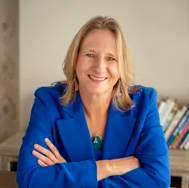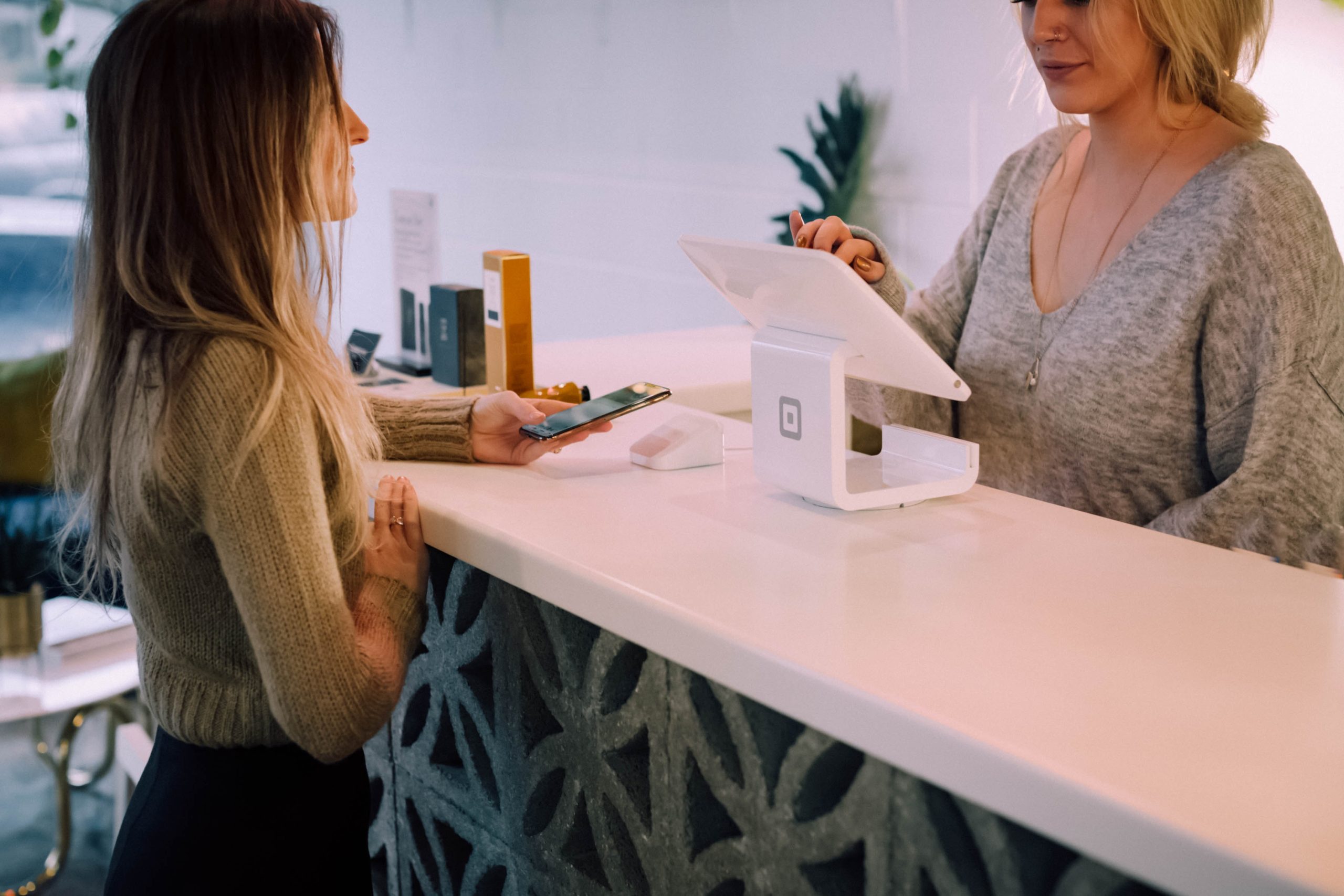The American Rescue Plan Act (ARPA) went into effect last month with the new Biden administration. Formerly called the CARES Act, the ARPA has some new funding opportunities and new regulations for some of the older programs as well. A year into the COVID-19 pandemic, about 38% of businesses owned by entrepreneurs of color and 25% of white business owners still say they could not survive more than three months with the reserves that they have on hand. The federal administration has responded with some of the new items in ARPA beyond personal stimulus checks. Extended unemployment benefits, pension protection, less expensive health insurance options, and tax credits are just some of these benefits. In this article, we are focusing solely on benefits for entepreneurs, sole proprietors or solopreneurs, and small business owners.
Paycheck Protection Program
Let’s start with the Paycheck Protection Program, or PPP, which has set aside another $7.25 billion with full forgiveness potential. PPP loan applications were originally set to expire on March 30, but they have extended the deadline to May 31, 2021. That is great news; you can still submit your PPP application until May 31!
 Eligibility
Eligibility
There are some differences between the first and second PPP loans. There are higher and stricter eligibility requirements for the second PPP loan. Essentially, businesses have to demonstrate and prove that they experienced a 25% reduction in gross receipts compared to any one particular quarter in 2020 versus the same quarter in 2019.
The first draw PPP loans were based on payroll costs in 2019, so looking at the gross receipts in this second draw would probably give an advantage to most business owners and should hopefully make you eligible for a higher loan amount, provided you have a minimum 25% loss between the same quarter in 2019 versus 2020.
Here is a brief example of how you would calculate your eligibility. Choose one quarter in 2019, then use the same quarter in 2020, for instance Q3 2019 and Q3 2020. If your gross receipts in Q3 2019 were $100K, then your gross receipts dropped to $75K in Q3 2020 due to the pandemic, and that is a 25% loss that would make you eligible.
 Other Changes
Other Changes
There are a few other changes in the PPP2 draw. There is a $2 million cap per borrower, compared to a $10 million max with the first draw. There is also a different funding formula for sole proprietors, independent contractors, and self-employed individuals, because data has shown that those categories of businesses received the least amount of funding last year when they needed it the most. Make sure you take a look at what that revised funding formula is.
Also, this round of PPP has set aside $15 billion for companies in low-to-moderate income area. There are also benefits for small business owners who may have a non-fraud felony conviction; they can now apply, which is an improvement from the first PPP. In addition, business owners who struggled to eliminate or pay off their student loan debt and have delinquencies are now approved to apply for funding through PPP.
 Spending Restrictions
Spending Restrictions
In terms of how you can spend PPP funding, the 60-40 rule applies. This means that 60% of your loan has to be used for payroll for W2 employees or the owner. 1099 independent contractors do not qualify as payroll. There are a few other categories that are included in payroll, such as state payroll taxes, company-sponsored retirement or healthcare. One caveat is that federal payroll taxes do not qualify.
The other 40% of funding can be used on expenses such as monthly rent and utilities, as well as protective gear like gloves, masks, or plexiglass if you own a store or a restaurant. Additionally, your funding can be used to upgrade your software due to working from home, such as Zoom subscriptions and time tracking software. If your costs have increased due to supply chain issues, you can also utilize this 40% to pay for these increases.
Forgiveness
In terms of forgiveness of PPP funding, there is a brand new simple one-page forgiveness form. Your banker or lender should have this form on their website. Organizations that received under $150,000 in PPP loans (PPP1 or PPP2) are eligible for forgiveness.
EIDL
Another $15 billion has been set aside under ARPA for the Economic Injury Disaster Loan Program, or EIDL. This new round of EIDL allows some hard-hit companies to apply for a second grant. When EIDL first came out last year, there was a potential for a grant or forgiveness for up to $10,000 of the loan. Most businesses received $1000 per employee. Now, if you are a business that is in one of the low to moderate income areas, you are being sent invitations from the SBA to submit a second application for EIDL forgiveness up to $10,000, including anything you might have received through the initial EIDL program. Even if you’re not in a low to moderate income area, you can still apply for the EIDL loan, which is a fantastic loan, with interest rates of under 4%. In fact, the EIDL could add some much-needed capital to your business through this second round.
Eligibility
However, in order to be eligible, you have to prove more than a 30% reduction in gross receipts, which is a slightly higher than PPP’s 25% reduction. This reduction in revenue must be during an eight-week period starting March 2, 2020 or later (when the pandemic started here in the US). Remember that you have the burden of proof of showing the 30% reduction in order to receive the loan. This loan is not forgivable, and payoff terms are 30 years. The interest rate is 3.25% interest for businesses and 2.25% for nonprofit organizations.
Additional Funding Pools
There are a couple of new funding pools for organizations that have been particularly hard hit. There is a $28.6 billion Restaurant Revitalization Fund for restaurants, bars, lounges, caterers, and other similar entities. Some of these expenses can include payroll, rent, mortgage utilities, and food and beverage expenses.
There is also a new Shuttered Venue Operators Grant for cultural entities like museums, zoos, music, venues that had to close due to the pandemic. The application window for this pool of funding should be opening any day now at https://www.sba.gov/funding-programs/loans/covid-19-relief-options/shuttered-venue-operators-grant.
Questions?
And if you have any questions, I am available to answer the them. Send an email to info@grantconsultingservices.com providing a little bit of information about your company and we’ll be able to set up a short 15 minute chat, and then we can decide if my organization can help you further with any of these applications.
 Valerie Grant has two decades of fundraising experience, helping obtain millions of dollars in funding for organizations across the globe. She is the principal owner of Grant Consulting Services LLC., a fundraising consulting firm, and as President of the Grant Professionals Association, San Diego Chapter, she is recognized in the community as a funding expert. Collectively, her team has 33 years of funding development experience and is committed to positively impacting organizations through funding development work. Valerie is also the Grant Funding & Government Contracting GURU at Hera Hub Carlsbad. Visit our calendar to schedule your free one-on-one appointment with Valerie. https://www.linkedin.com/in/valerienelsongrant/
Valerie Grant has two decades of fundraising experience, helping obtain millions of dollars in funding for organizations across the globe. She is the principal owner of Grant Consulting Services LLC., a fundraising consulting firm, and as President of the Grant Professionals Association, San Diego Chapter, she is recognized in the community as a funding expert. Collectively, her team has 33 years of funding development experience and is committed to positively impacting organizations through funding development work. Valerie is also the Grant Funding & Government Contracting GURU at Hera Hub Carlsbad. Visit our calendar to schedule your free one-on-one appointment with Valerie. https://www.linkedin.com/in/valerienelsongrant/

 Other Changes
Other Changes Spending Restrictions
Spending Restrictions